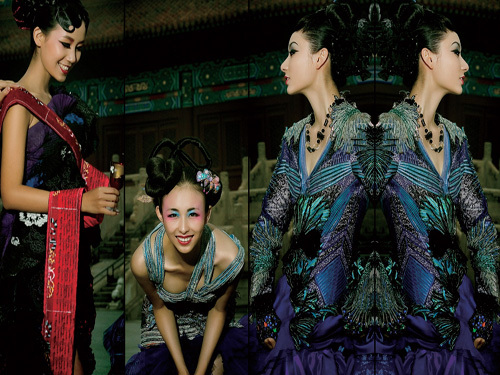
As a newly emerging market force in Southeast Asia, labor costs do have a greater advantage than domestic ones. Liu Ye, deputy general manager of Suzhou Hengrun Import and Export Co., Ltd., said that the monthly wage of the Cambodian labor force starts at around US$120, and that the Yangtze River Delta region is basically between US$600 and US$800, which is indeed a lot higher. Wu Yuqing, sales manager of Fuxi Textile Co., Ltd., said that even considering the overtime pay and other expenses, the monthly income of workers in South East Asia is around 220 US dollars, and it is still much lower than in China. At present, the company has more than 200 factories in the country, and there are more than 1,000 people in two factories overseas, forming an "upside down" situation.
However, contrary to outside speculation, labor prices are not the main driving force for Chinese companies to develop factories overseas. A number of business people told reporters that the lack of industrial facilities, the local hydropower infrastructure still needs to be improved, and there is room for improvement in the number of workers' labor skills. There is no obvious advantage in the integrated production costs of garment enterprises overseas. Take Hengrun as an example, overseas factories are mainly responsible for the final clothing, all fabrics and spare parts must be transported from China in the past, while high-end products are still left in domestic production; in Fuxi, the production efficiency of domestic factories is about overseas factories. The 2.5 times that almost made the single laborer's labor cost advantage vanish.
“In our industry view, we should not look at overseas factories with production capacity transfer because the fact is that overseas and domestic factories are not an alternative relationship. It is not the case that they open one overseas company or close a domestic one. Overseas factories are more of a Chinese garment manufacturer. New production capacity, new channels, and their domestic production capacity are more of a complementary model,†said Liu Wei.
In fact, for most of China's textile and garment enterprises, the trade access threshold in developed markets such as Europe and the United States is the main reason for attracting them to accelerate the pace of plant construction overseas. According to a number of domestic apparel companies, the current market in Europe, North America, and other places imposes zero-tariff policies on labor-intensive products such as clothing, shoes and hats in some countries in Southeast Asia, and maintains a 10% or more import duty on exports of similar products in China. This makes overseas buyers more inclined to purchase from overseas factories of Chinese companies, which drastically lower their own cost of sales.
“This is more like a natural adjustment of the global market and a channel for the transformation and upgrading of domestic enterprises. As a traditional industry, we are experiencing a period of climbing, and one of the contents of the transformation is to achieve a better market layout on a global scale. Liu Ye said.
Liu Hao said that in the past few years, domestic companies have been accelerating the pace of product transfer to the high-end, product innovation and technological leadership is the fundamental guarantee for the coexistence of overseas factories and domestic companies. Wu Yuqing said that transferring to the northwest and northeast areas and transforming production is also an effective way. “After all, the demand is there, there is no industry that collapses, only the dumped enterprises, we will stick to the apparel industry.â€
Statistics show that in the first quarter of this year, China’s clothing exports experienced severe fluctuations, which fell by 12.5% ​​in January, soared by 99.4% in February, and dropped again by 35.4% in March. The accumulated apparel exports in the quarter totaled 35.79 billion US dollars, only a year-on-year increase. Increase by 2%. Among them, the EU's export growth rate is only 0.5%, but the increase in exports to ASEAN is as high as 13.5%.
We are China Visor Cap,Plastic Golf Visor supplier & manufacturer &factory, offer low price, high quality Plastic Sun Visor,Green Plastic Visor, etc.
Imagine that you have a delicate skin white and bright eyes, but on the way to work, or when you are happy to cycle,run,climb,picnic,fishing,outdoor activities with your good friends,a terrible thing is happening at the same time,the ultraviolet ray is relentlessly hurt your white and delicate skin, stimulate your eyes.What to do?
Don't worry,UV sun caps from LIXIN solve this problem for you,it can continuously protect your face without blocking your view.It blocks the sun and protects your face from sunburn and aging skin.Windproof,waterproof,scratch proof,high temperature resistant,adjustable size, easy to clean, high toughness, easy to carry. Visor Cap,visor hat,sun visor,sun visor hat,Plastic Golf Visor,Plastic Sun Visor,Long lens Plastic Visor,Short Lens visor hat,PC material Sun Visor Cap

Visor Cap,Plastic Golf Visor,Plastic Sun Visor,Plastic Visor Hat,Sun visor,Visor Hat,Sun visor Hat,Sun Visor For Women,Fashion Sun Visor
Foshan Lixin Trading Co.,Ltd , https://www.chnlixin.com